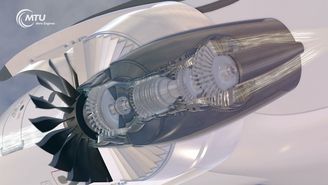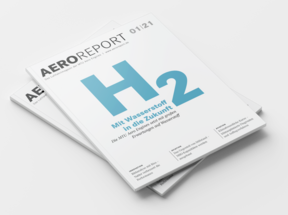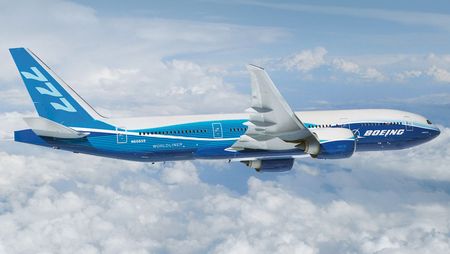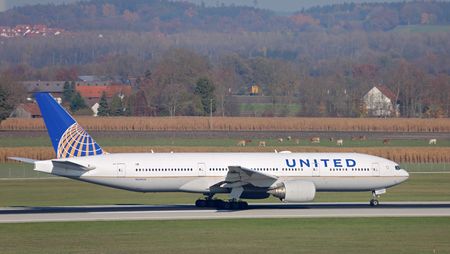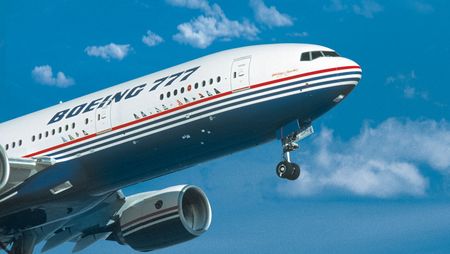
PW4000
PW4000
With a thrust in the range between 74,000 and 98,000 pound force the PW4000 counts among the world’s most powerful and largest engines. Its fan diameter is almost as large as the fuselage diameter of a Boeing 737. It powers the Boeing 777-200/-200ER/-300 and was the first engine with a 180-minute extended-range twin-engine operational performance standards (ETOPS) certification from the very beginning and is now certified for the maximum possible duration of 207 minutes.
Meanwhile, there are two versions of the PW4000 engine: the PW4084 and the PW4090. For both versions, MTU developed the seven-stage low-pressure turbine, for which it also manufactures a major part of the components. It is the largest low pressure turbine ever developed by MTU.
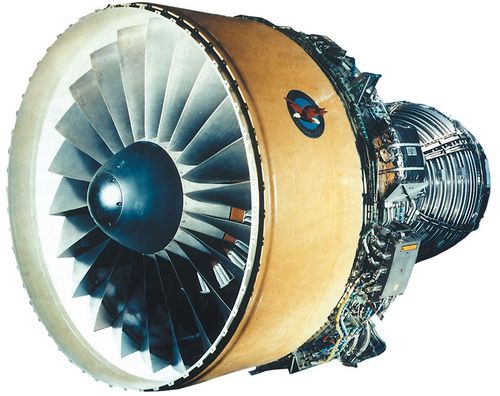
Facts
- EIS: 1995
- Two-shaft turbofan engine in the thrust category 74,000-98,000 lbf
- Titanium hollow blades fan
- Single-crystal high-pressure turbine blades
- Powder metal disks for compressor and turbines
- Active clearance control in the low-pressure turbine
- Digital control unit
- Modular design
- On-condition maintenance
MTU competencies
- Program share: 12.5%
- Development of the low-pressure turbine and turbine exit case
- Manufacture of various parts of the low-pressure turbine
Partner
- Pratt & Whitney
Applications
- Boeing 777-200/-200ER
- Boeing 777-300
Technical Data
| Max. thrust | 98,000 lbf | |
| Bypass ratio | 6.4:1 | |
| Pressure ratio | 42.8:1 | |
| Length | 192 in | |
| Fan diameter | 112 in | |
| Weight | 15,584 lbs | |

